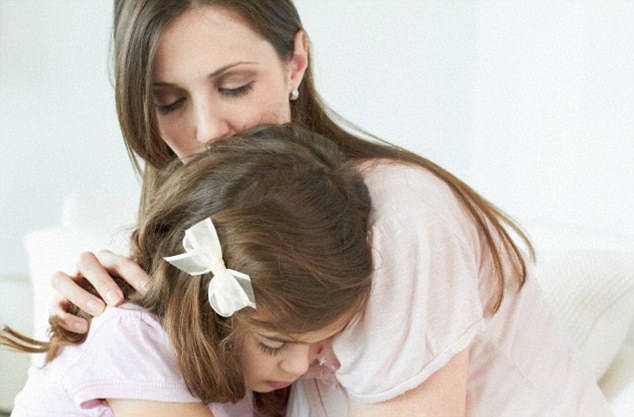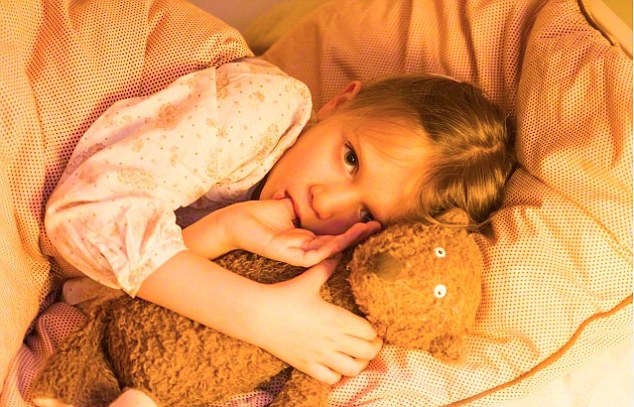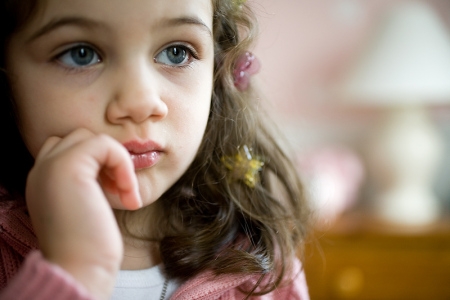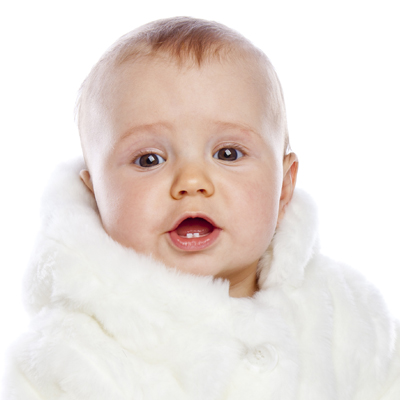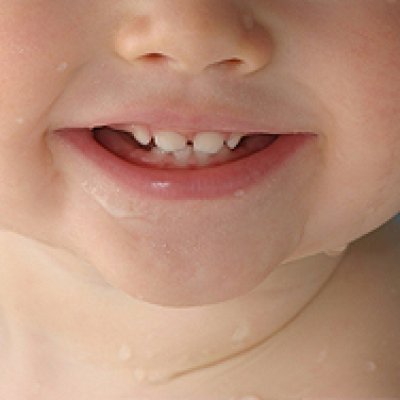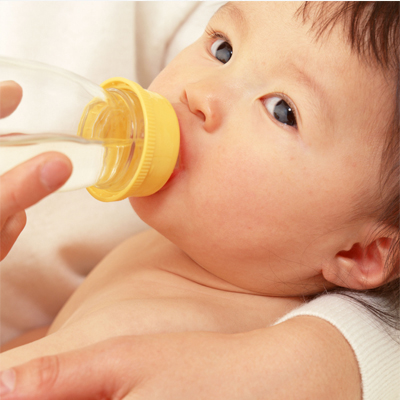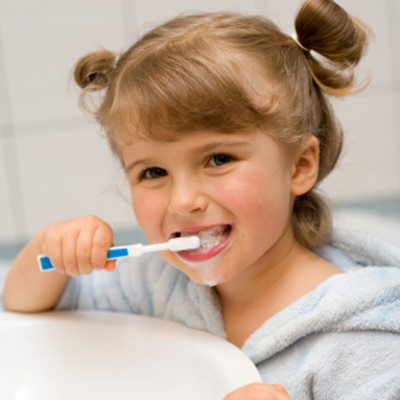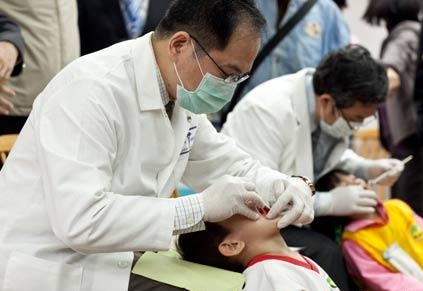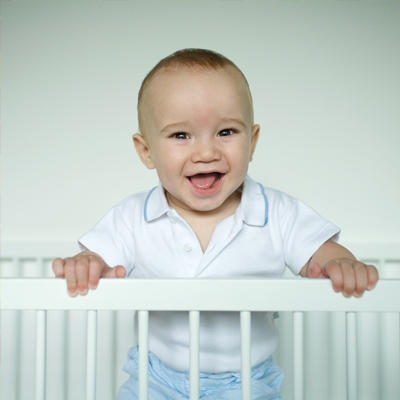Anxiety is 'Catching' & Can Be Passed on to Children
They say parents never stop worrying about their children, but those anxieties can be catching, warn researchers.
A new study of twins shows anxiety can pass between the generations – over and above the genetic ties that bind them. Although scientists have long known that anxiety runs within families, the study found the attitudes of over-anxious parents strongly affects their children’s behaviour. Because the study involved parents who were identical and non-identical twins, researchers were able to distinguish between the influence on children’s anxiety exerted by family genes and their upbringing.
The research carried out by scientists at the Institute of Psychiatry, Psychology & Neuroscience (IoPPN) at King’s College London, was published in the American Journal of Psychiatry. Journal editor Dr Robert Freedman said: 'This study is a landmark, because it is the first to clearly establish the early transmission of anxiety symptoms from parents to children, not through their shared genetic background, but rather from the way in which anxious parents raise their children. ‘Parents who are anxious can now be counselled and educated on ways to minimise the impact of their anxiety on the child's development.' Anxiety disorders are common, with a one in three chance of occurring during one’s lifetime, and they tend to start early in life around the age of 11. A unique ‘children of twins’ study design allowed scientists to examine the development of anxiety among almost 1,000 families containing parental sets of identical and non-identical same-sex twins aged 45 on average. By comparing data on anxiety symptoms for children and their parent and contrasting this with similar data for children and their parent’s identical co-twin, researchers could examine the influence of living with one’s parent over and above simply receiving 50 per cent of their genes. By looking at anxiety symptoms between children and their twin uncle and aunt from families with identical twins, compared to non-identical twin families, it was possible to estimate the effect of genetic vs environmental factors affecting transmission from one generation to another. Adult parents from identical twin pairs were found to show greater similarity in anxiety levels to their own adolescent children than their nieces and nephews. This suggests that living together is a key driver within families for anxiety, even after accounting for the genetic influence. The findings suggest parents with anxiety disorders need not resign themselves to their children bearing the same traits, according to Professor Thalia Eley, lead author from the IoPPN at King’s College London. She said: ‘Our research shows that even if you have had to cope with high levels of anxiety yourself, it is not inevitable that this will follow in your children. ‘There are many things that can be done at home to prevent or reduce anxiety in children and adolescents.
‘While a natural tendency when your child is anxious is to try to protect them, it can be more helpful to support them in taking small age-appropriate risks.' She added: ‘This will teach them that the world is generally a safe place and they can manage situations that initially seem stressful, developing their sense of mastery and in turn promoting resilience. ‘This approach applies equally to families with parents who are not anxious themselves but who have a child who appears to worry more about life than others. ‘Similarly, when events have not gone as well as a child has hoped, it can be helpful to encourage them to consider explanations that do not put them off trying again and that offer them a positive route forwards.’
Professor Eley said research was needed to clarify whether anxiety in children and adolescents elicits anxiety in parents, or whether anxious children and adolescents learn to view the world as threatening because they see their parent interpret it in such a way. ‘This would help us decide whether to focus intervention largely at the parent or child level’,' she added. Written By Jenny Hope Retrieved From:
|
|





